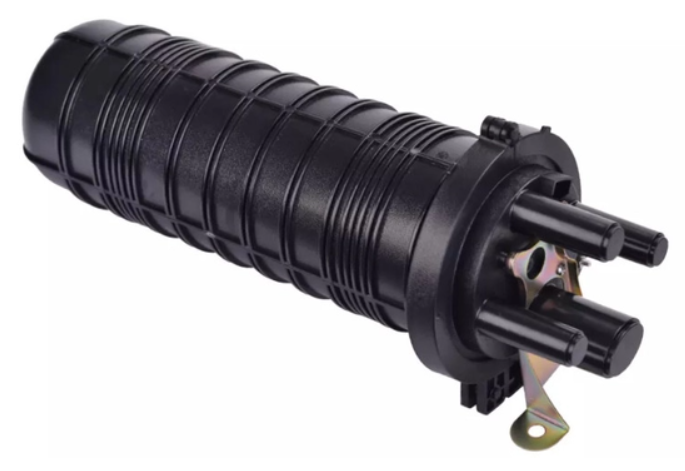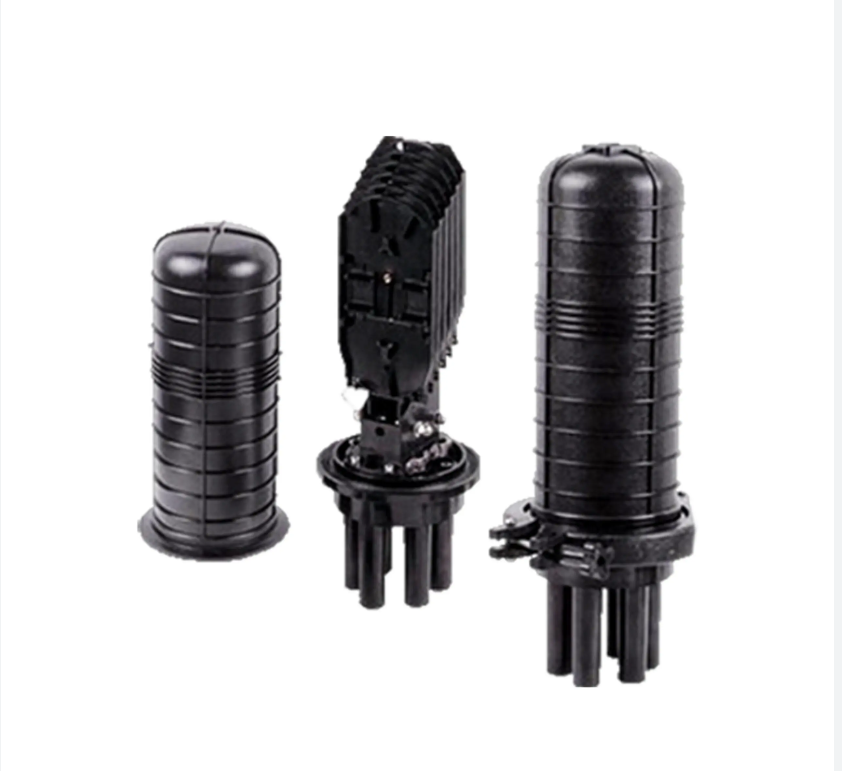The Ultimate Fiber Optic Splice Closure Selection Guide

Understanding Fiber Optic Splice Closures
Fiber optic splice closures are essential components in the field of telecommunications and network administration. These closures play a crucial role in ensuring the optimal performance and reliability of fiber optic connections. By securely housing and protecting the spliced fibers, they prevent signal loss, environmental damage, and other potential issues.
Choosing the right fiber optic splice closure is vital to meet specific requirements. With various types available, such as fiber optic closures, splice enclosures, and fiber optic joint closures, it's important to understand their features and applications. This comprehensive guide will provide you with an overview of different closure types, key considerations for selection, installation best practices, maintenance tips, cost analysis, expert recommendations, and vendor evaluation.
With this knowledge at your disposal, you'll be equipped to make an informed decision when selecting the ideal fiber optic splice closure for your needs.
Exploring Different Types of Fiber Optic Splice Closures
When it comes to fiber optic splice closures, there are various types available, each with its own unique features and applications. Understanding the different closure types can help you choose the one that best suits your specific needs.
Closure Type 1: Fiber Optic Closure
Fiber optic closures are widely used in telecommunications and network installations. These closures provide a secure housing for spliced fibers, protecting them from environmental factors such as moisture, dust, and temperature fluctuations. They are designed to accommodate multiple fiber cables and offer easy access for maintenance and repairs. Fiber optic closures are commonly used in outdoor environments where durability and protection are crucial.
Closure Type 2: Splice Enclosure
Splice enclosures are compact and versatile closures that provide a reliable solution for fiber optic splicing. These enclosures typically feature a compact design, making them suitable for limited space installations. They offer protection against environmental elements while ensuring efficient cable management. Splice enclosures are commonly used in indoor settings such as data centers or building networks.
Both closure types have their advantages and limitations. It's important to consider factors such as installation requirements, environmental conditions, capacity needs, and future expansion plans when choosing between these options.
Key Considerations for Choosing the Right Fiber Optic Splice Closure
Choosing the right fiber optic splice closure involves considering several key factors to ensure optimal performance and reliability.
Capacity and Size
When selecting a fiber optic splice closure, it's crucial to evaluate your capacity and size requirements. Consider the number of fibers you need to accommodate now and in the future. Assess factors such as cable diameter, splicing trays, and available space within the closure. Proper closure sizing is essential to avoid overcrowding or underutilization of space. By determining the right capacity for your specific needs, you can ensure efficient cable management and future scalability.
Durability and Environmental Factors
Durability plays a significant role in maintaining reliable fiber optic connections. Different environments present varying challenges, including temperature fluctuations, moisture, dust, and exposure to harsh elements. When choosing a splice closure, consider its durability features such as robust construction materials, weather resistance, and protection against physical damage. Ensure that the selected closure meets environmental requirements by adhering to industry standards for ingress protection (IP) ratings.
Considering capacity needs and evaluating durability factors will help you make an informed decision when selecting a fiber optic splice closure that best suits your specific requirements.

Installation, Maintenance, and Cost Considerations
Proper installation, regular maintenance, and cost considerations are essential aspects to keep in mind when dealing with fiber optic splice closures.
Installation Best Practices
When installing a fiber optic splice closure, it's important to follow best practices to ensure optimal performance. Considerations such as proper cable routing, strain relief techniques, and appropriate sealing methods can significantly impact the reliability of the connection. Following recommended installation techniques provided by manufacturers or industry standards will help ensure an efficient and reliable installation.
Maintenance and Upkeep
Regular maintenance is crucial for the longevity and performance of fiber optic splice closures. Key maintenance practices include conducting routine inspections to check for any signs of damage or degradation. Cleaning procedures should also be implemented to remove dust or debris that may affect signal transmission. By addressing common maintenance issues promptly, you can prevent potential problems and maintain the integrity of your fiber optic connections.
Cost Analysis and Budgeting
When considering different splice closure options, it's important to analyze the associated costs. Factors influencing the cost of splice closures include material quality, construction complexity, additional features like weatherproofing or rodent protection, and brand reputation. Comparing different closure options based on their cost-effectiveness will help you make an informed decision. Additionally, budgeting for long-term maintenance is crucial to ensure ongoing reliability without unexpected financial burdens.
By following proper installation practices, implementing regular maintenance routines, and considering cost factors effectively, you can maximize the performance and lifespan of your fiber optic splice closures.
Pro Tips for Making an Informed Decision
When it comes to selecting the right fiber optic splice closure, it's helpful to consider expert recommendations and evaluate vendors carefully.
Expert Recommendations
Gaining insights and recommendations from industry experts can provide valuable guidance in choosing the most suitable splice closure. Experts often emphasize factors such as durability, ease of installation, compatibility with existing infrastructure, and future scalability. Prioritizing these factors ensures that you select a closure that meets your specific requirements. Additionally, being aware of common pitfalls to avoid can help you make a more informed decision and prevent potential issues down the line.
Vendor Evaluation
Evaluating vendors is an important step in the selection process. Key factors to consider include vendor reputation, track record, and customer reviews. A reputable vendor with a proven history of delivering quality products and excellent customer service is more likely to provide reliable splice closures. Requesting quotes from multiple vendors allows you to compare prices and assess the overall value offered by each vendor.
By considering expert recommendations and thoroughly evaluating vendors, you can make an informed decision when selecting a fiber optic splice closure that meets your needs.
Choosing the Best Fiber Optic Splice Closure
Selecting the right fiber optic splice closure is crucial to ensure optimal performance and reliability in your telecommunications and network infrastructure. Consider important factors such as closure type, capacity, durability, and maintenance requirements when making your decision. By following expert tips and insights provided in this guide, as well as carefully evaluating vendors, you can make an informed decision that meets your specific needs. Remember to prioritize factors like compatibility with existing infrastructure, future scalability, and vendor reputation. With the right fiber optic splice closure in place, you can ensure efficient and reliable connectivity for your network.

See Also
Unveiling the Advantages of the 960 Core Fiber Optical Splice Closure
The Significance of Ftth Fiber Optic Splice Closures for FTTx Networks
Advancements and Trends in Rodent Proof Fiber Optic Technology: Shaping the Future


